Deep Interest Network For Click-through Rate Prediction
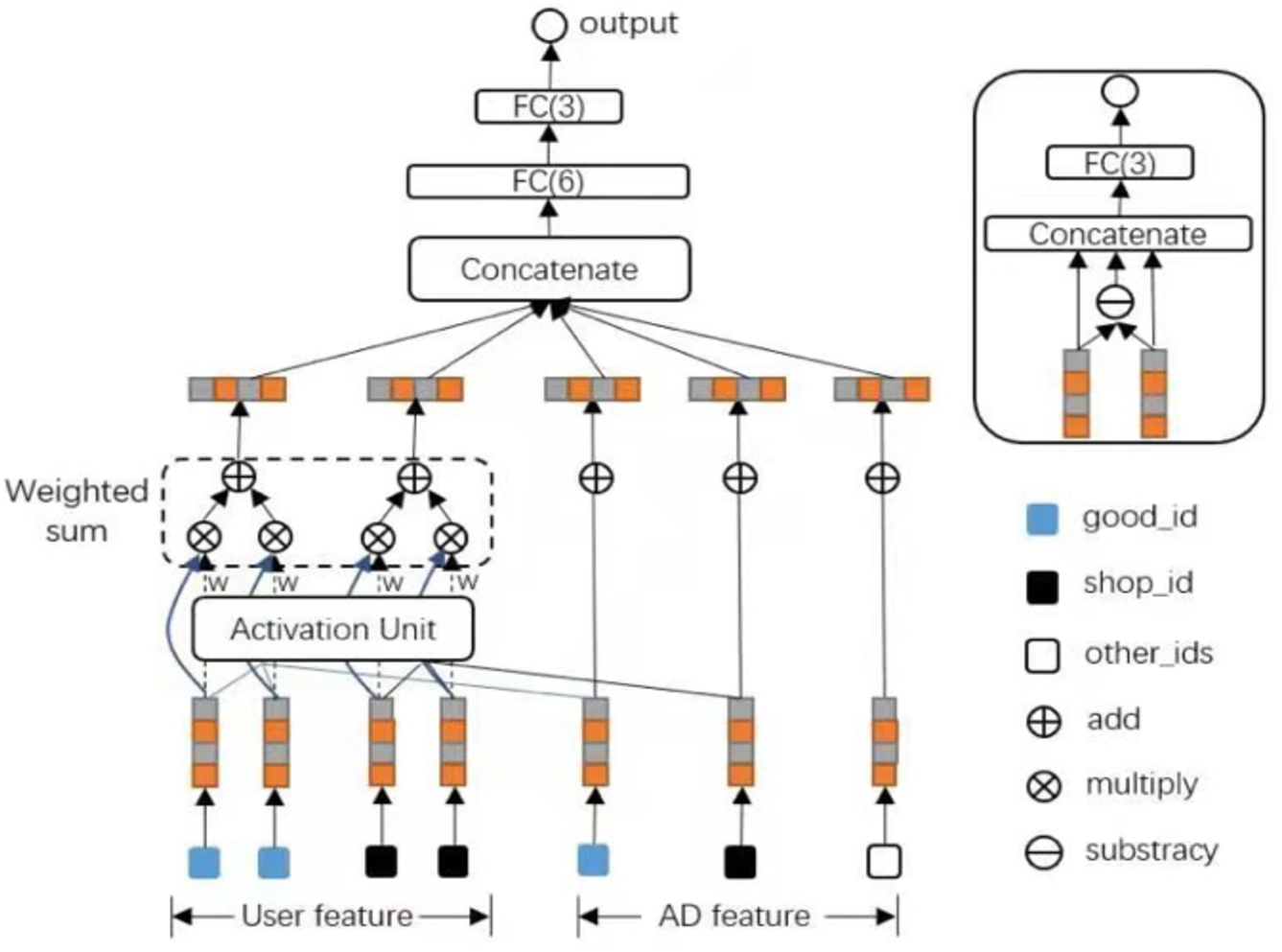
The digital advertising landscape is undergoing a seismic shift. A powerful AI model, the Deep Interest Network (DIN), is redefining how online platforms predict user click-through rates (CTR), leading to potentially massive revenue implications for businesses worldwide.
This breakthrough promises to revolutionize targeted advertising by precisely identifying individual user interests, thereby maximizing ad relevance and effectiveness. Major tech firms are already implementing and refining this technology, setting a new standard for online advertising performance.
Unlocking User Intent: The Power of DIN
The core challenge in online advertising has always been accurately predicting which ads a user is most likely to click. Conventional methods often treat user behavior as a uniform entity, missing the nuance of individual preferences.
DIN addresses this problem head-on. Instead of creating a single user vector, it dynamically generates representations of user interests relevant to each specific ad. This attention mechanism is the key to DIN's superior performance.
How DIN Works: A Closer Look
At its heart, DIN uses a deep learning architecture. It first learns user representations from their historical behavior, such as browsing history, past clicks, and purchase records.
Critically, when presented with a new ad, DIN doesn't simply compare the ad to a generic user profile. It selectively activates specific user interests that are related to the ad's content.
For instance, if a user previously clicked on articles about hiking boots, and is now shown an ad for camping tents, DIN will emphasize their interest in outdoor activities, giving more weight to that aspect of their profile.
Performance Gains: Real-World Impact
Early implementations of DIN have yielded impressive results. Alibaba, a leading e-commerce giant, pioneered the use of DIN in their Taobao and Tmall platforms.
According to Alibaba's research, DIN significantly outperformed traditional CTR prediction models, achieving a relative increase of up to 20% in key performance metrics. This translates to potentially billions of dollars in additional revenue.
Independent researchers have confirmed these findings. Studies consistently demonstrate that DIN and its variations surpass previous state-of-the-art methods, especially when dealing with large-scale, sparse data, characteristic of online advertising.
Who is Using DIN and Where?
Alibaba is the primary driver behind DIN's development and initial deployment. Their extensive e-commerce ecosystem provides a rich dataset for training and refining the model.
Google is actively exploring DIN-inspired architectures for its own advertising platforms. While Google has not publicly released detailed results, industry experts believe they are leveraging similar attention mechanisms to improve ad targeting.
Numerous other companies are also experimenting with DIN. These include smaller advertising technology (AdTech) firms and social media platforms, all seeking to gain a competitive edge in the crowded online advertising market.
The When and Why of DIN's Rise
DIN emerged around 2017, coinciding with significant advancements in deep learning and the increasing availability of large-scale user data. This convergence of factors created the perfect environment for DIN to flourish.
The "why" is simple: ROI. In the high-stakes world of online advertising, even small improvements in CTR can translate into substantial financial gains.
DIN's ability to extract and leverage nuanced user interests provides a clear path to increased advertising effectiveness, making it an irresistible tool for businesses seeking to maximize their marketing spend.
Challenges and Future Directions
Despite its success, DIN is not without its challenges. Training complex deep learning models like DIN requires significant computational resources and expertise.
Furthermore, concerns about data privacy and algorithmic bias must be addressed. Ensuring that DIN is used responsibly and ethically is paramount.
Research is ongoing to further improve DIN's performance and address its limitations. This includes exploring new attention mechanisms, incorporating contextual information, and developing more efficient training algorithms.
One promising area is the development of personalized recommendation systems. DIN's ability to understand individual interests makes it well-suited for suggesting products, content, and services tailored to each user's unique needs.
The rapid evolution of deep learning means that DIN itself will likely be superseded by even more advanced techniques in the future. However, its impact on the field of CTR prediction is undeniable.
DIN has set a new bar for online advertising performance. The advertising industry will never be the same.
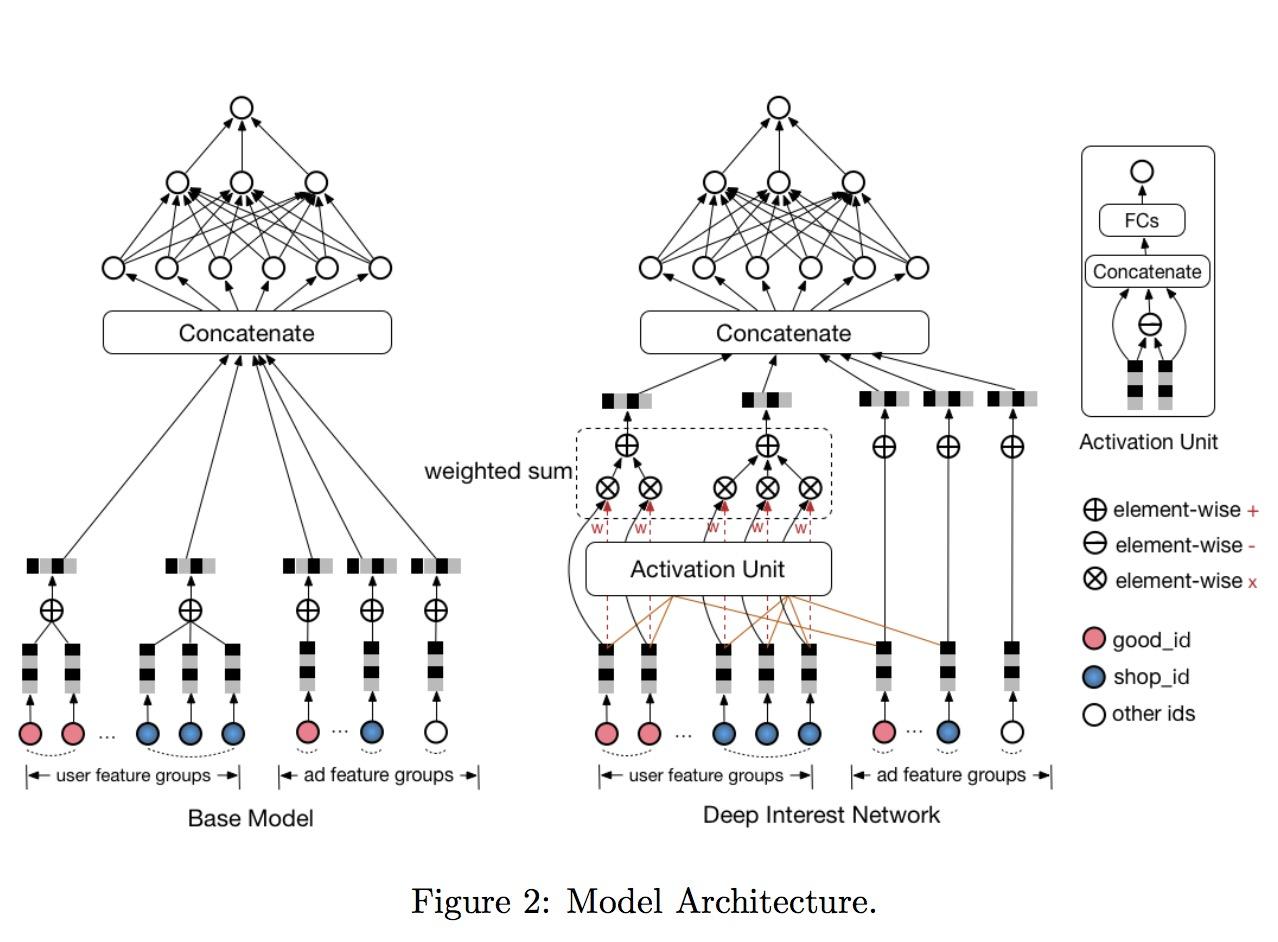
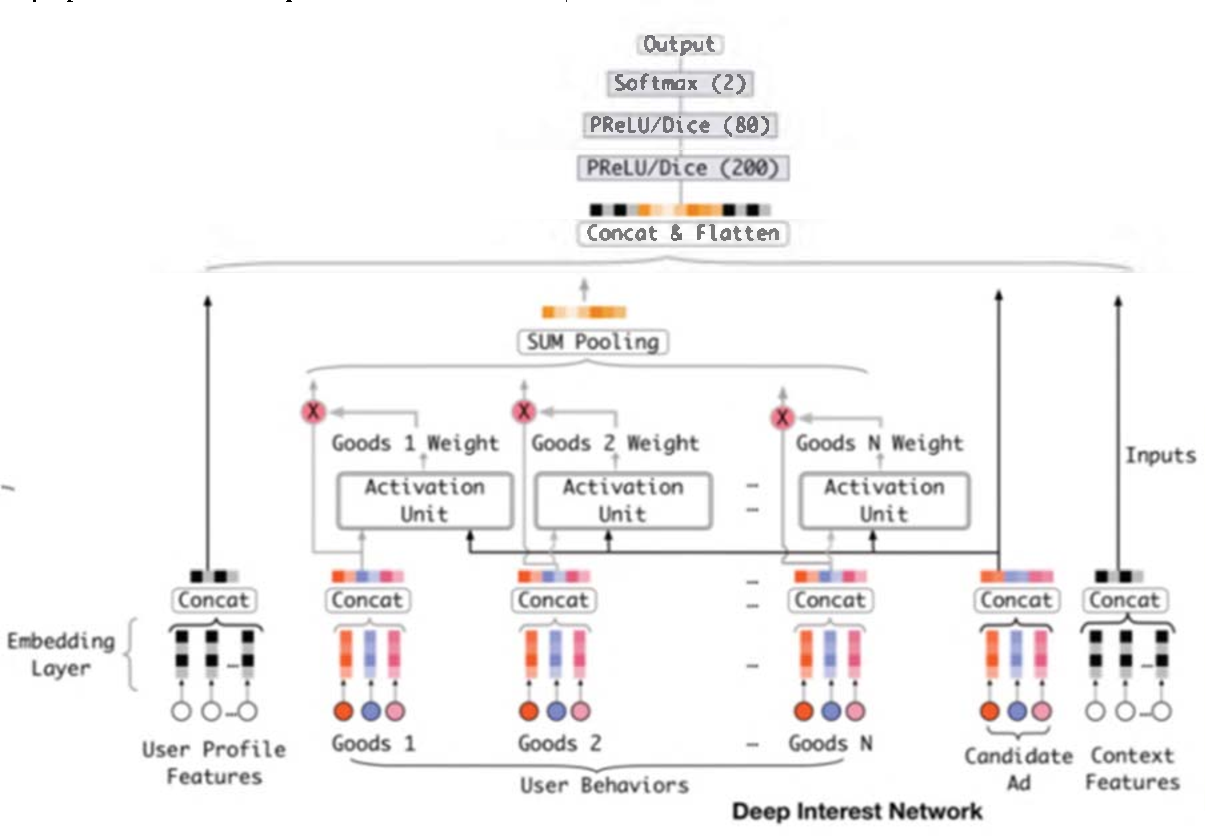
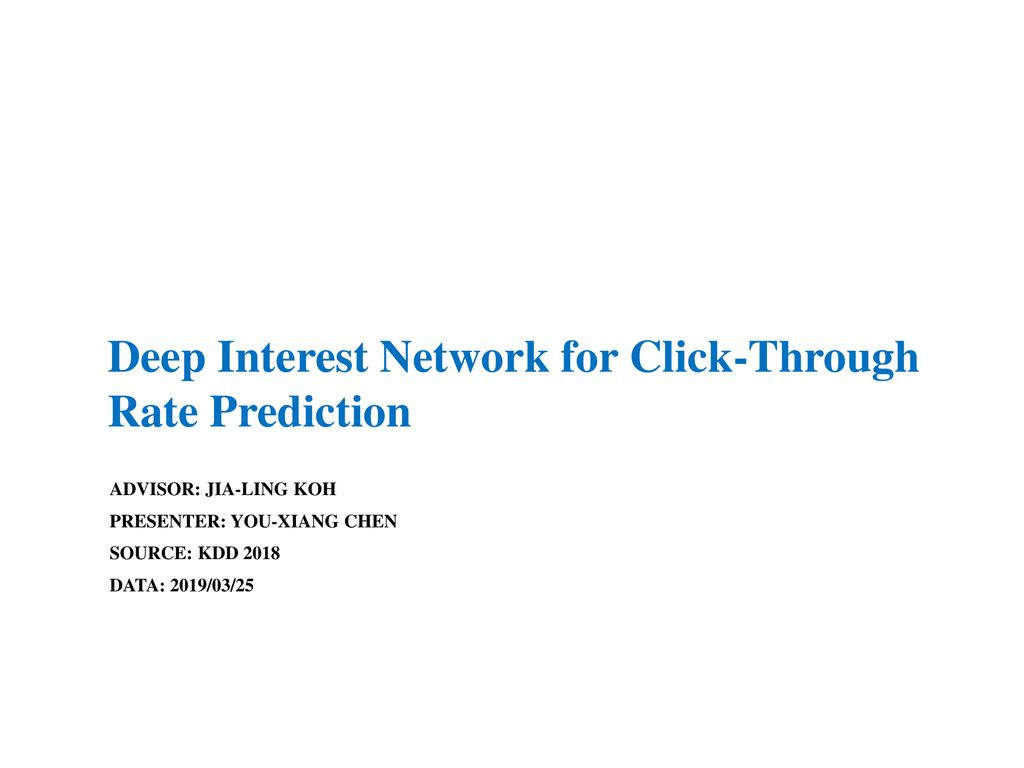

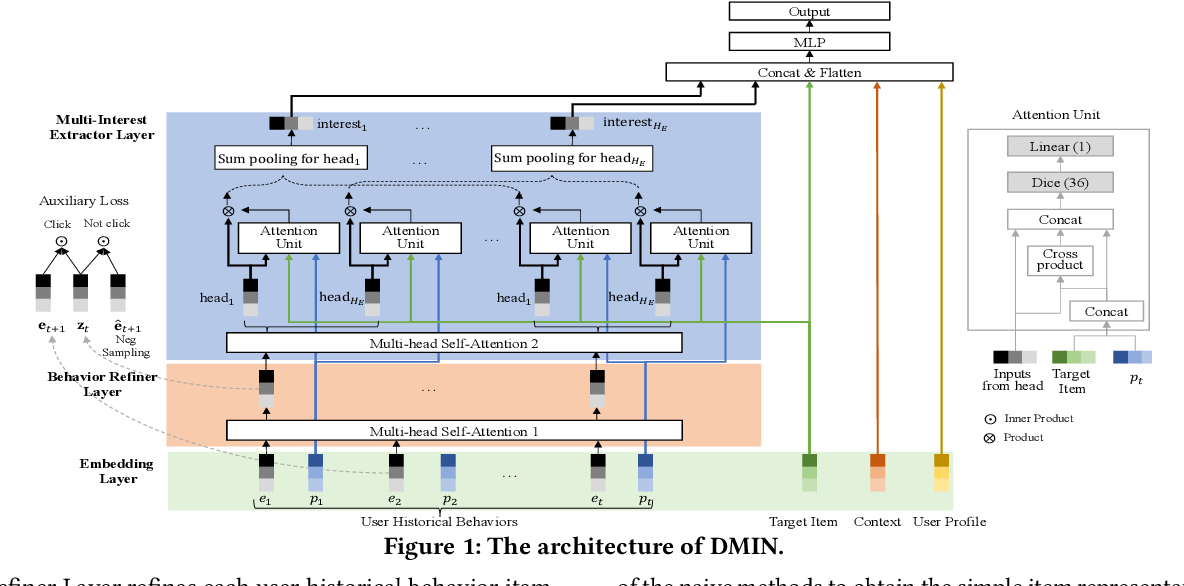

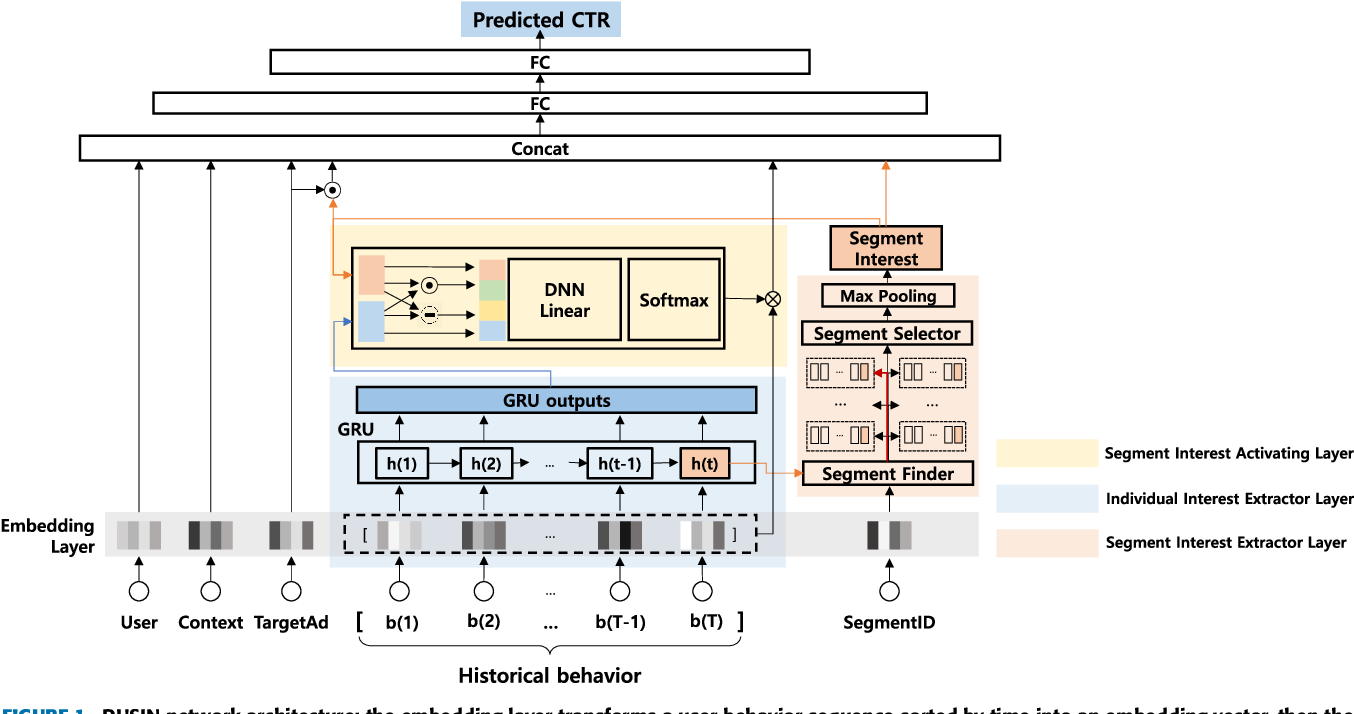
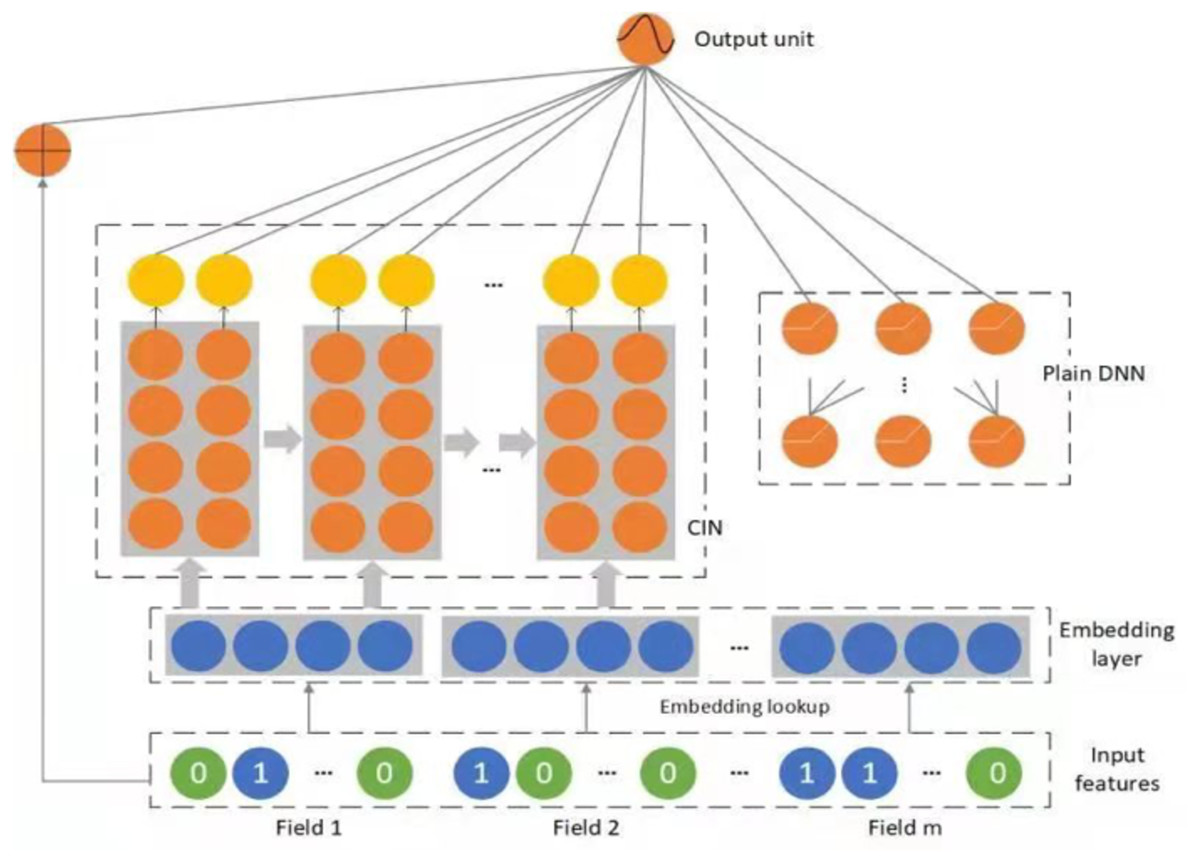

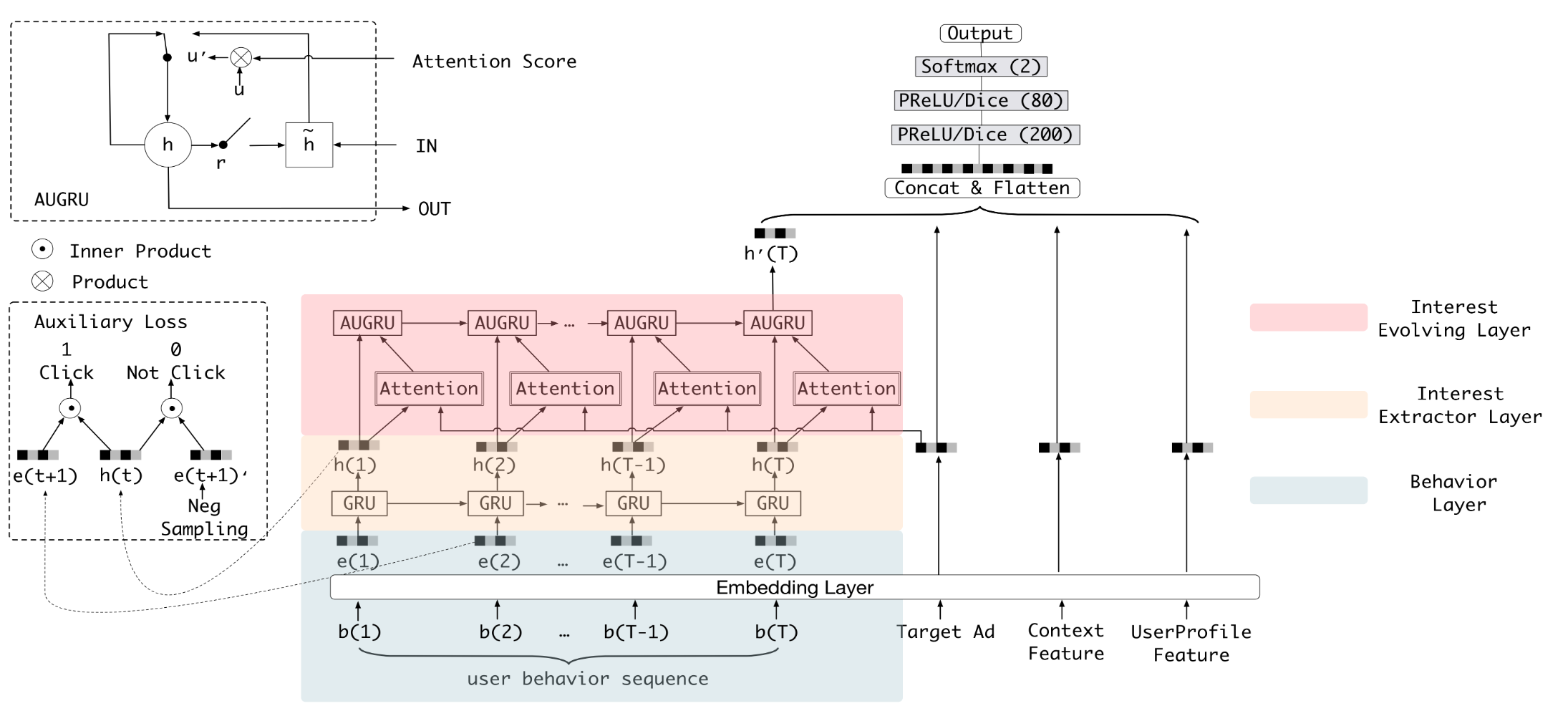

![Deep Interest Network For Click-through Rate Prediction [Notes] (KDD2018) DIN: Deep Interest Network for Click-Through Rate](https://miro.medium.com/max/800/1*BmL5Y-Ei883oTe2w4__Ttg.png)


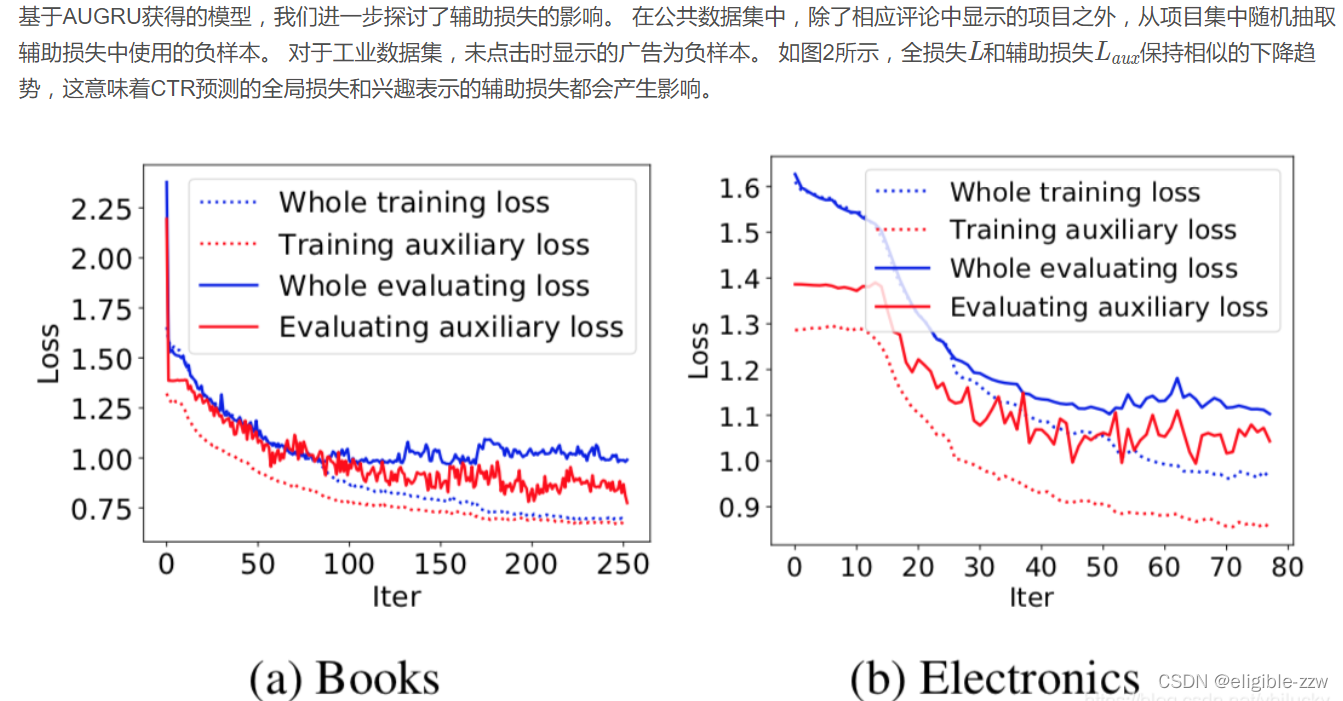
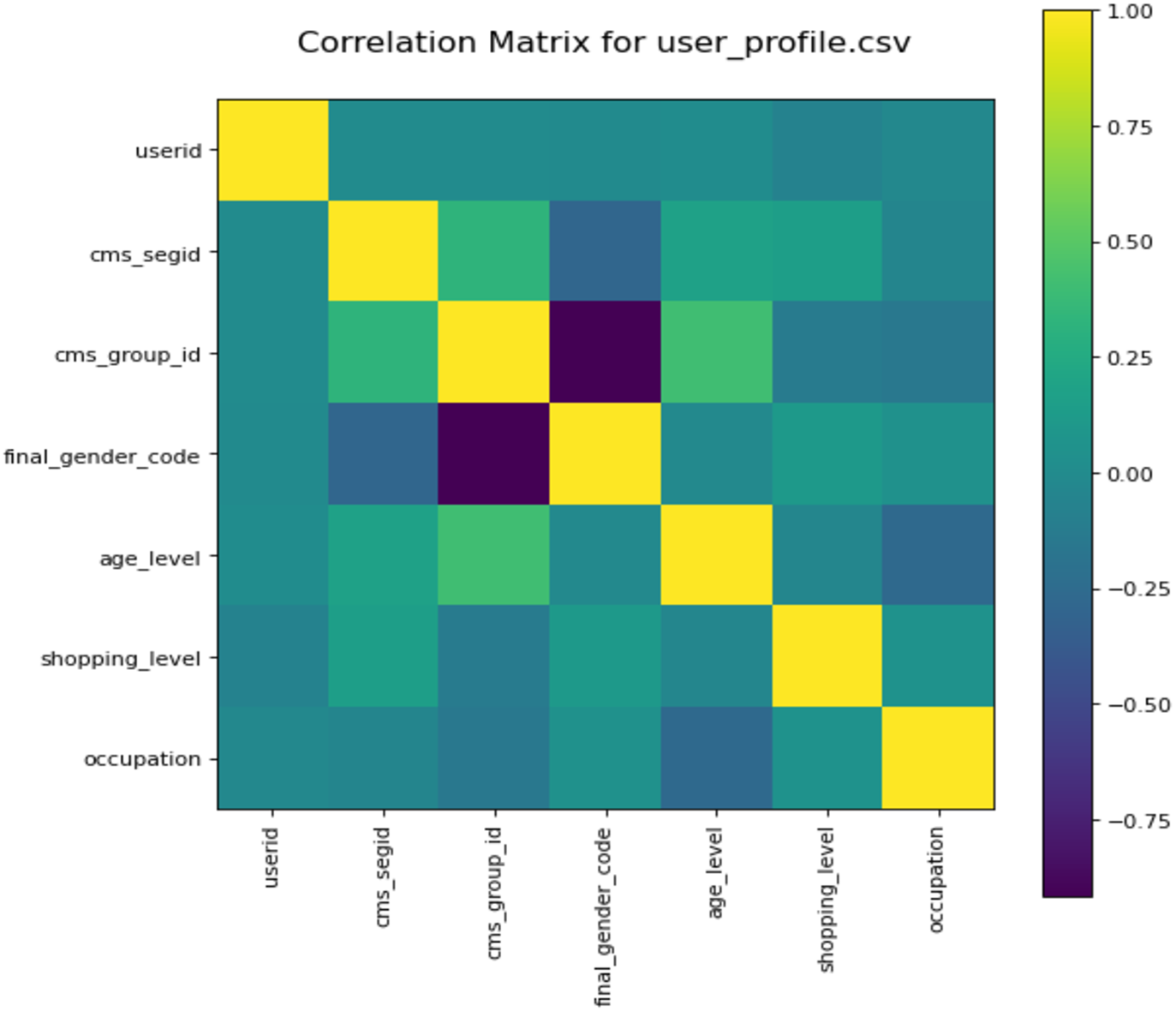

![Deep Interest Network For Click-through Rate Prediction [论文笔记]DIEN——Deep Interest Evolution Network for Click-Through Rate](https://pic1.zhimg.com/v2-f60727f371bd1e8a8f41d6dbd1564a90_r.jpg)
